Injection molding is one of the most important manufacturing processes for large volume production of plastic parts with high precision, and industries from automotive to consumer electronics, medical device, and others depend on plastic injection molded products for a variety of applications. It is essential to optimize the process of injection molding for best overall productivity, cost effectiveness, and product quality consistency.
This article will introduce you to some useful tools that you can use to optimize your own injection molding process including: material selection & testing; machine monitoring & control, mold design & construction, as well as automation. These resources will be beneficial either if you are a manufacturer providing injection molding service or an end-user looking for better quality and lower costs.
1. Optimize Mold Design and Maintenance
a) Design for Manufacturability (DFM)
The quality of a plastic injection molded part is directly related to the mold that produces it. To design parts for cost effective molding, DFM (Design for Manufacturability) principles should be followed to eliminate possible part defects and reduce production cycles.
- Uniform wall thickness throughout the part to avoid defects like warping and shrinkage in product.
- Sufficient draft angles should be considered for easy ejection of molded parts.
- Proper design of cooling channels will enhance the cooling effect and reduce the cycle time.
- Hire good quality steel or aluminum which is very durable and accurate.
b) Regular Mold Maintenance
- Defect prevention, reduced downtime and long-life expectancy are the key benefits of regular mold maintenance.
- Clean any mold from time to time to ensure that no residue remains and affects the silicone.
- Identify any damaged or worn parts and have them repaired prior to possible failure.
- Real time monitoring of mold condition can be done through automated sensors.
2. Use high-quality raw materials.
The quality of your raw materials will also impact the overall quality of your plastic injection molded parts, so if you can, optimize your material selection process to be able to produce strong and durable parts as efficiently as possible.
- Use of High-Quality resins avoiding defects and longer product life.
- Suitable material for application selection. (e.g ABS, Polypropylene, Polycarbonate).
- Test first the material properties like melt flow index and moisture content before production.
- Find a supplier that supply consistent high grade plastic material.
3. Improve Process Parameters and Control
a) Optimize Injection Speed and Pressure
- Balancing injection speed and pressure for high quality plastic injection molding parts.
- Turn down the pressure volumetric and pack for no flash, short shots or sink. Optimize the speed needed to fill a part but do not trap air.
- Use scientific molding to study and optimize parameter.
b) Monitoring of temperature control
- Temperature fluctuation may generate some defects such as burn, holes or warpage.
- Using monitoring system for real-time control of temperature.
- Make the best use of barrel, nozzle and mold temperature.
- Cooling cycle and heating cycle should be reasonable to avoid material flowing un-uniformly.
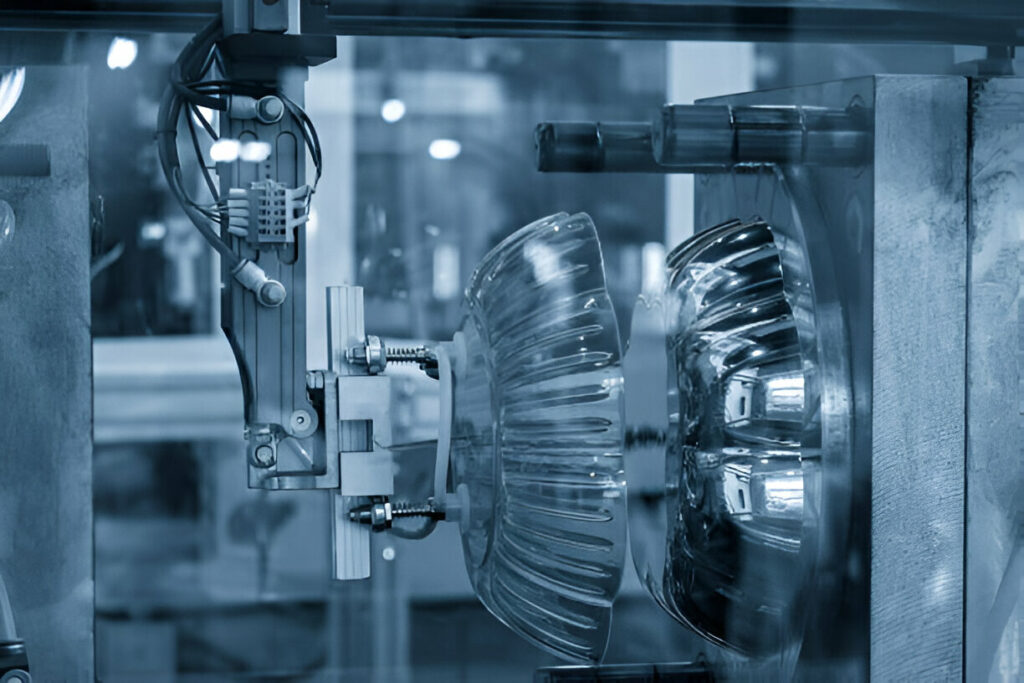
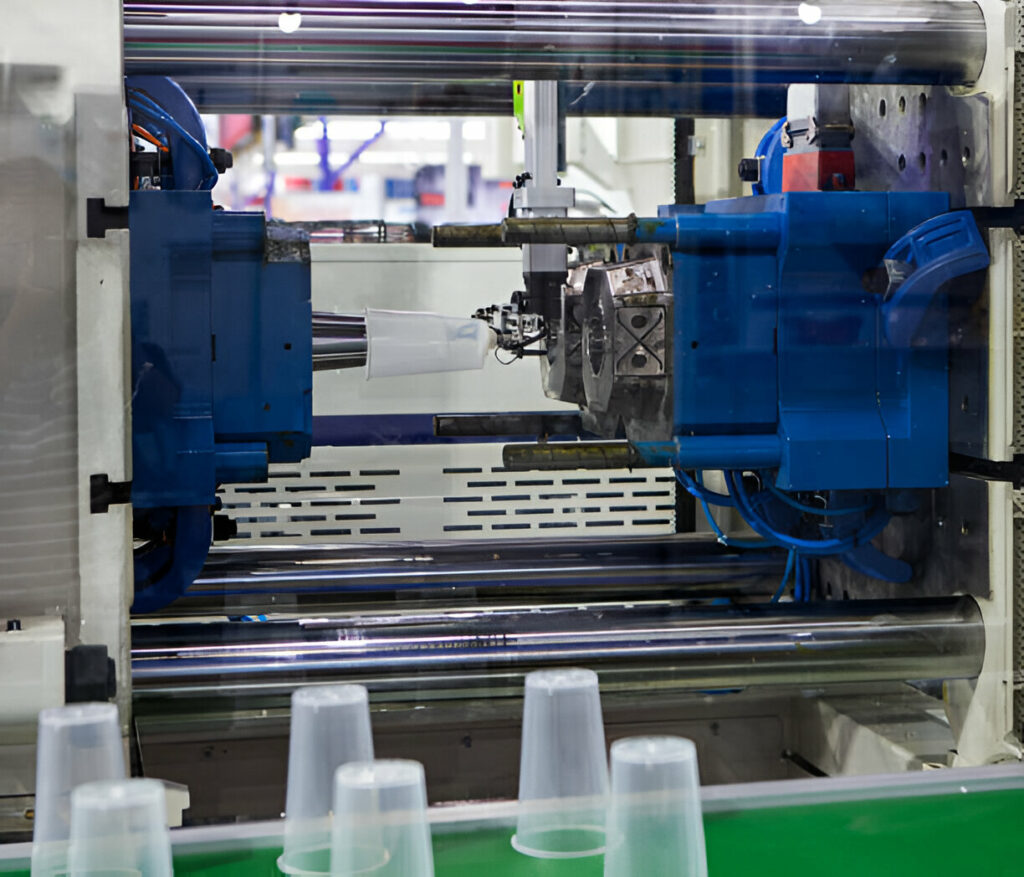
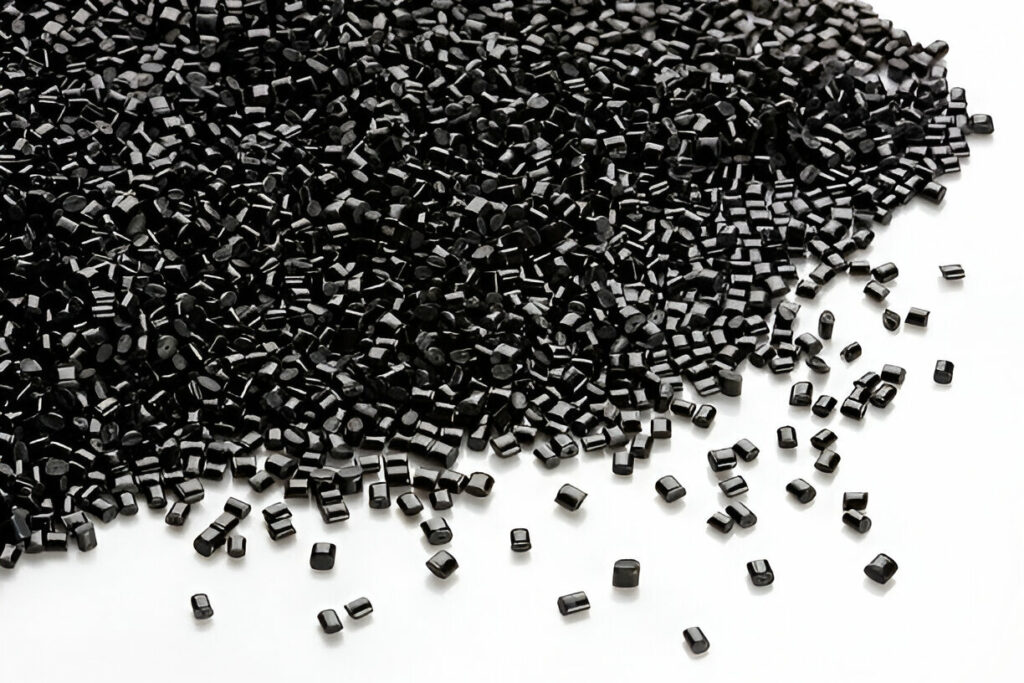
4. Implement Automation in Production
Automation in plastic injection molding services helps to reduce human error, increase efficiency as well as enhance consistency.
a) Robotic Systems
- Robotic arms are used for taking out the parts, trimming and inspection.
- Automation of loading and unloading process.
b) Smart Manufacturing with IoT
- Use IoT enabled sensors to monitor production in real-time. Use predictive analytics for cycle time optimization and failure prediction.
- Connect machines with cloud software for remote monitoring and control.
5. Reduce Waste and Improve Sustainability
It is important to be sustainable when optimizing production for plastic injection molding and one way to do so is by eliminating unnecessary waste that not only costs money but also has an environmental impact.
a) Recycle and Reuse Material
- Use regrind plastic to reduce wastage of material and in the meantime, there would not be any compromise on the quality as well.
- Invest in good grinders for efficient recycling.
b) Why waste Energy
- Use molding machines which are energy efficient, hence reducing electricity cost.
- Use servo driven hydraulic systems for better control on energy.
- Monitor your energy consumption and spot opportunities for improvement in real-time.
6. Quality Control and Defect Reduction
Quality control is used to ensure that products produced by the company maintain their high quality as required by both industry standards and customers.
a) Use Advanced Inspection Techniques
- Use automated vision inspection systems to detect defects in real time.
- Conduct regular dimensional analysis with coordinate measuring machines (CMM).
- Monitor production variations with statistical process control (SPC).
b) Repair Common Injection Molding Defects
- Short shots: Increase injection pressure or relocate the gate.
- Clamping force: parting line of mold should be uniform.
- sink marks: you can optimize packing pressure and time.
7. Optimize Production Scheduling and Workflow
A streamlined workflow will help you increase production efficiency, spend less time idling and generally lower your lead times.
a) Lean Manufacturing Principles
- Implement Just-in-Time (JIT) production which helps to minimize inventory cost.
b) Reducing Changeover Time
- Quick mold change systems reduce downtime.
- Use standardized tooling and setup procedures for faster changeovers.
8. Train and Develop Skilled Workforce
A skilled workforce is one of the major driving factors for getting maximum benefits from the injection molding operations.
a) Continuous Training Programs
- Train employees on the plastic injection molding latest technologies.
- Cross-Train Workers. Cross-train workers in different processes or operations to be able to substitute for absent workers.
b) Cross-Training
- Cross-train people so that they can step in for others.
- Promote cross functional collaboration between engineering, operations, and QC.
9. Leverage Data Analytics for Performance Optimization
Data driven decision making helps in increasing the efficiency of plastic injection molding production.
a) Real-Time Production Monitoring
- Track key performance indicators (KPIs) with Manufacturing Execution Systems (MES).
- Analyze the cycle time, reject rate and also energy consumption.
b) Predictive Maintenance
- Use AI powered predictive maintenance to make sure no unforeseen breakdown happen.
- Regular machine upkeep should be done and it has to be data based.
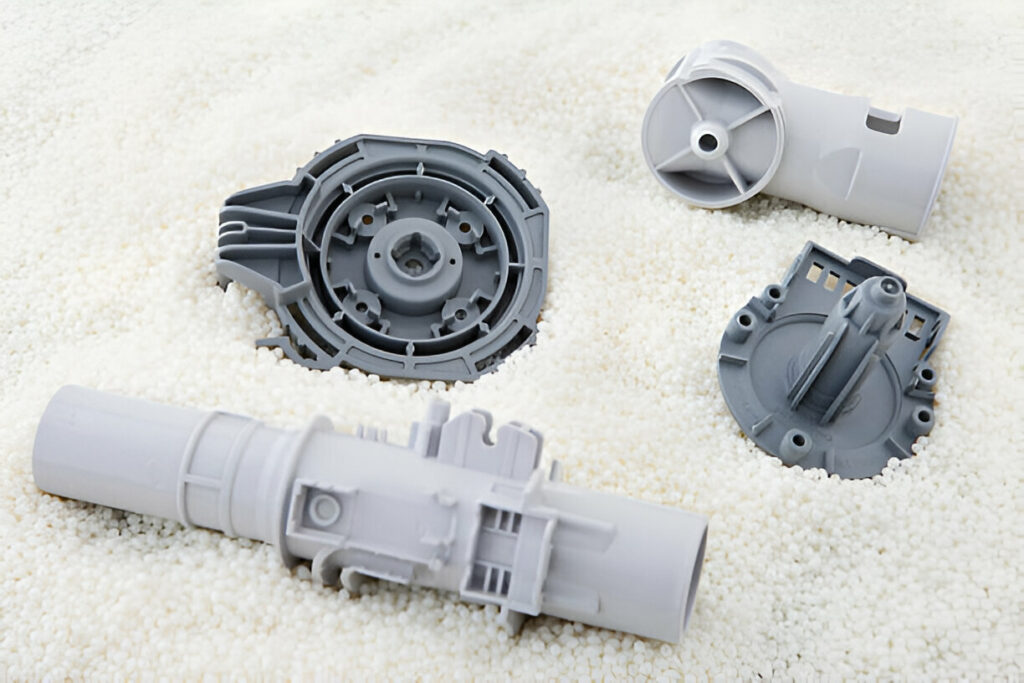
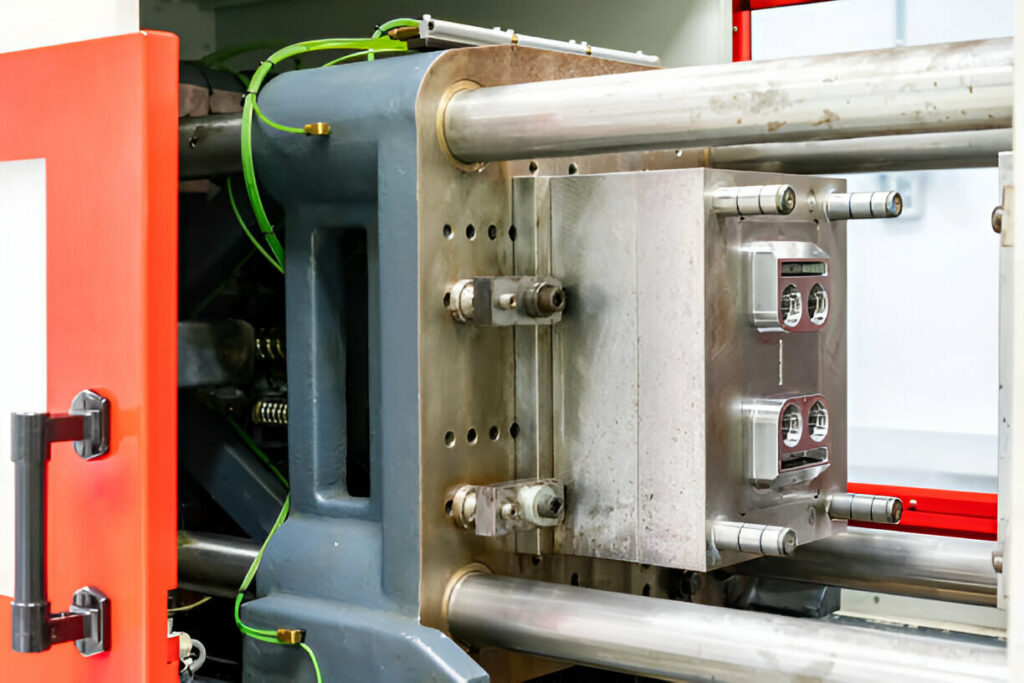
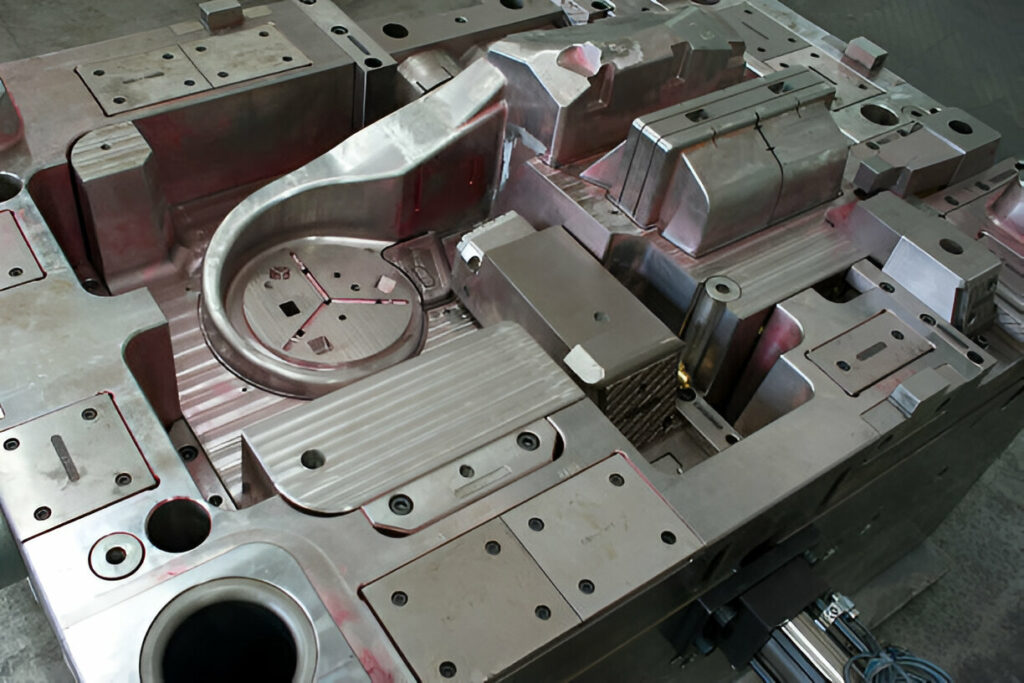
10. Satisfy and Differentiate by Customization
Satisfying customers/business is the most fundamental goal for plastic injection molding services, but it will not ensure the existence or growth of business in long term, unless right from beginning you seek some sort of differentiation to continuously stay ahead of others in your complex market.
a) More Customization Options
- Have more flexible mold design to serve different customers.
b) Reduce design cycles
- Optimize supply chain management for raw material availability.
- Speed production cycles using Advanced Scheduling techniques.
Conclusion
Optimizing plastic injection molding production comes down to a smart blend of process control, automation, material selection and quality management. Applying best practices like these will decrease costs, product quality issues and drive overall operational improvements. Produce parts for medical injection molding, automotive or industrial? The most successful manufacturers understand that ongoing process improvements are a necessity in today’s business environment.
Keep investing in new technology, employee knowledge training and data driven analytics to stay competitive. Ultimately, you’ll achieve better more repeatable production results while also optimizing environmental initiatives and your ability to provide high quality solutions customer’s desire.

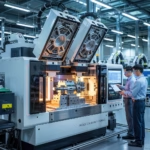
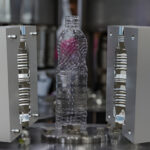
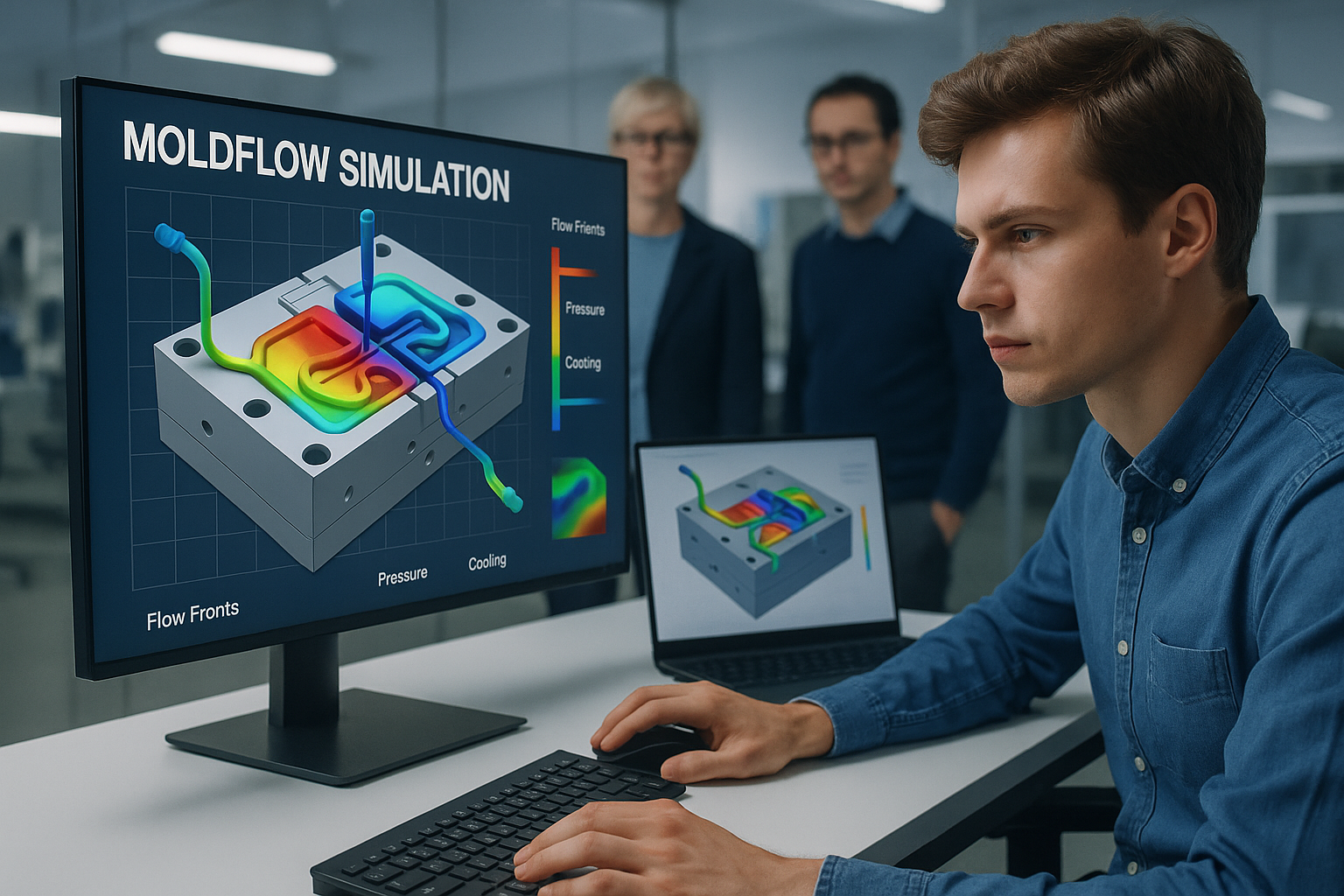
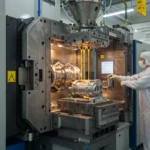

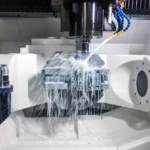
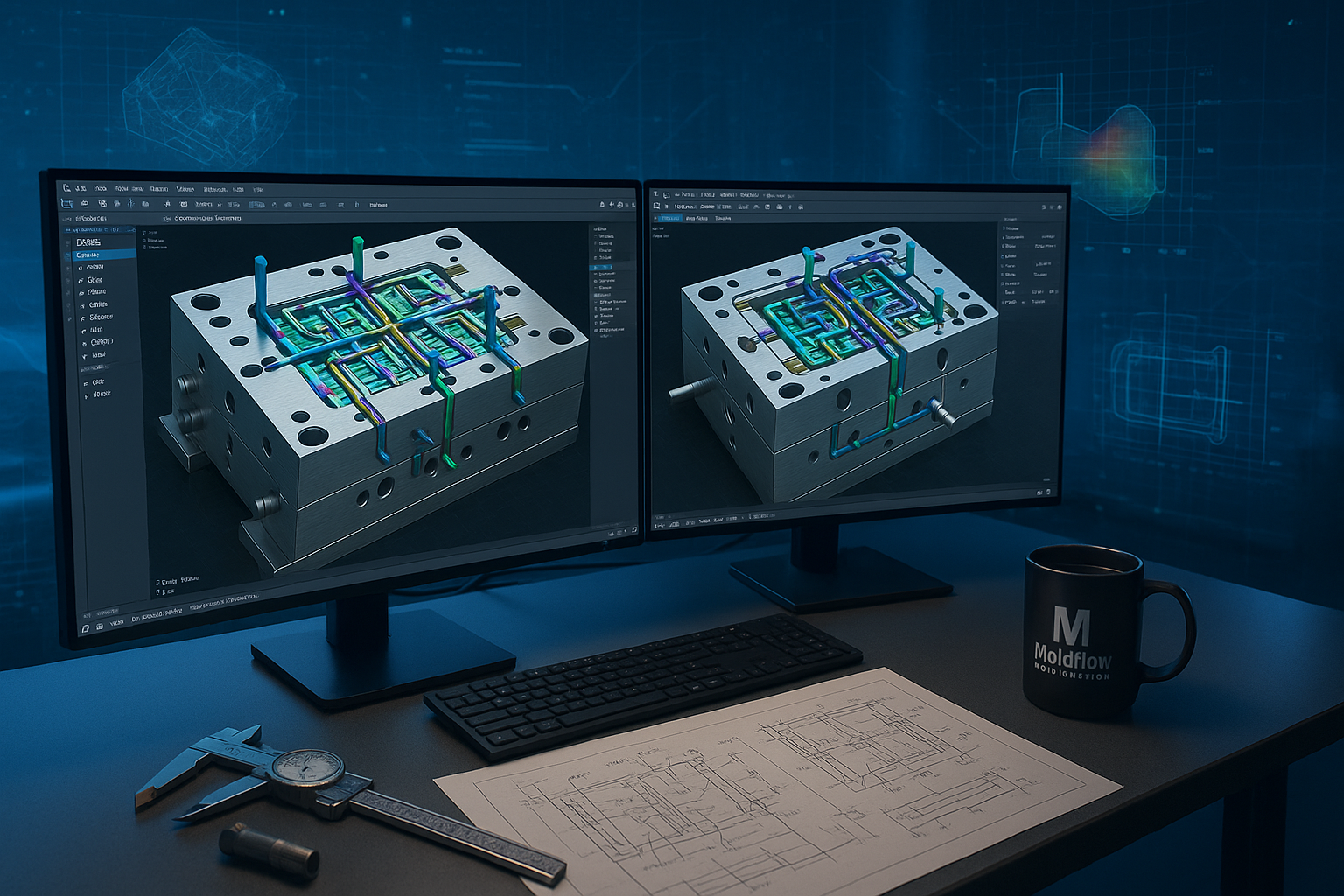
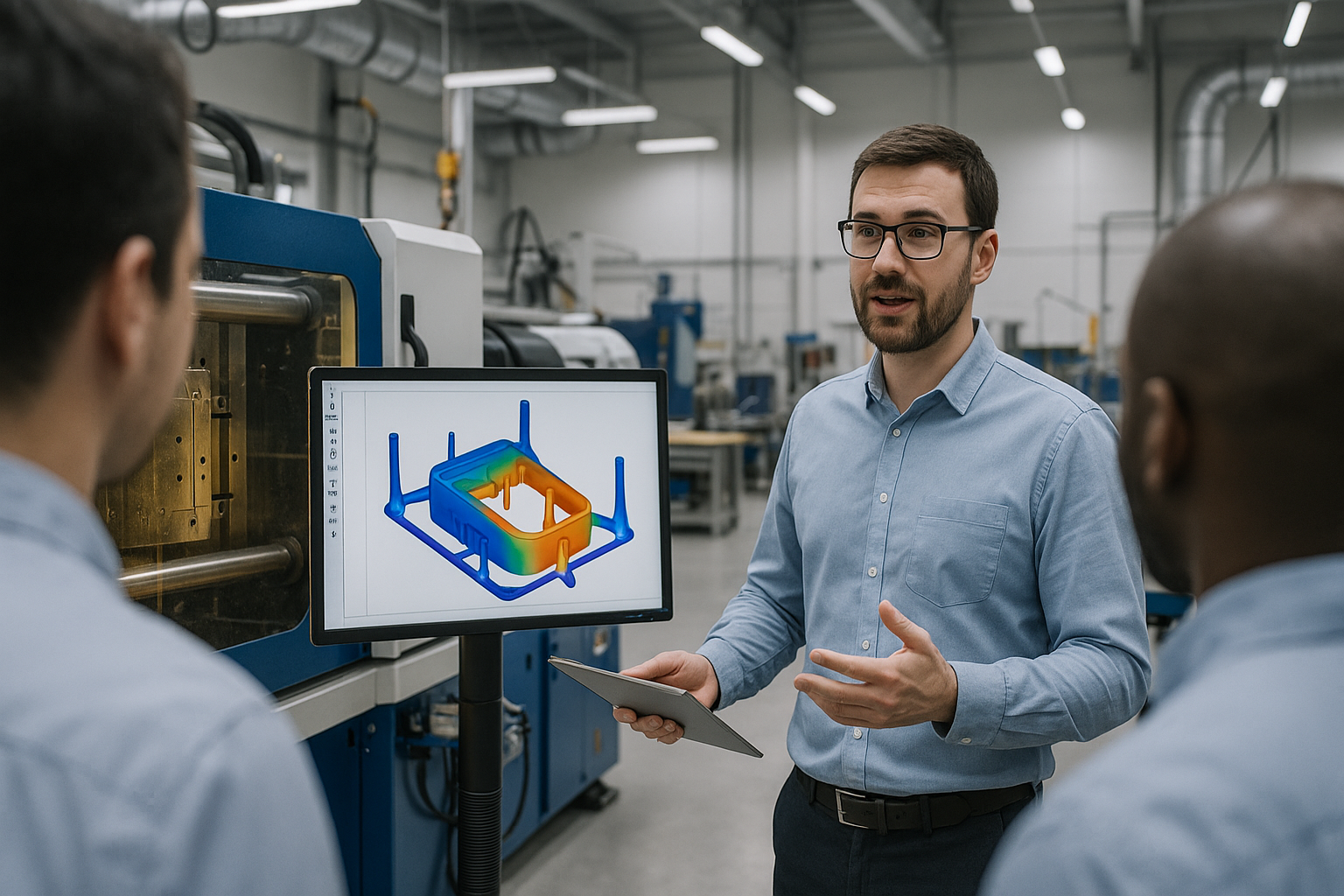
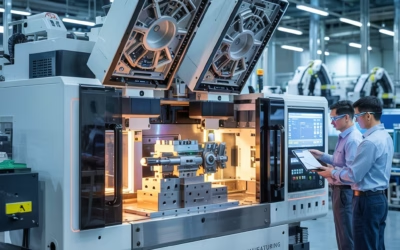
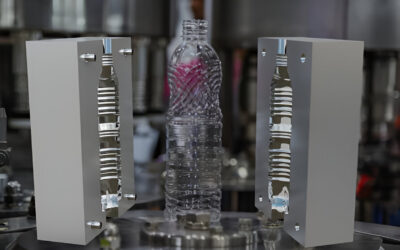
0 Comments